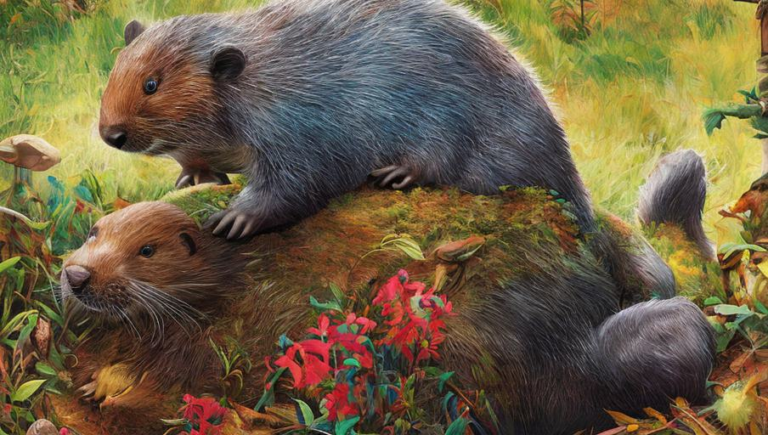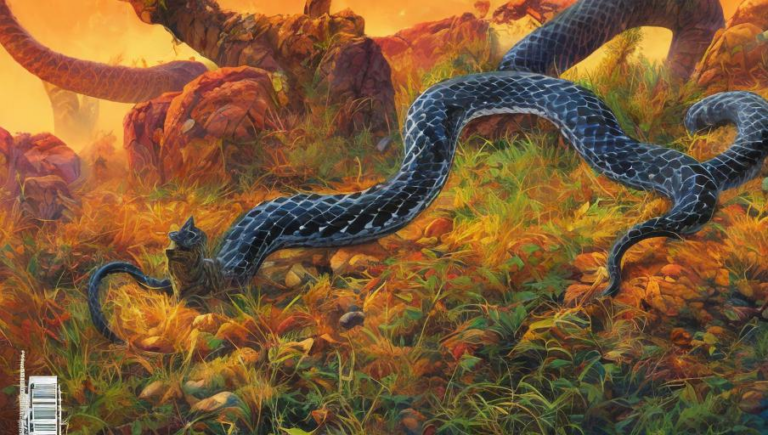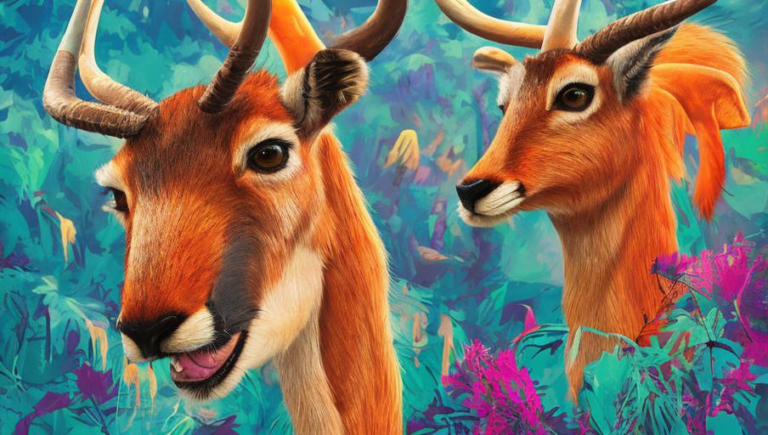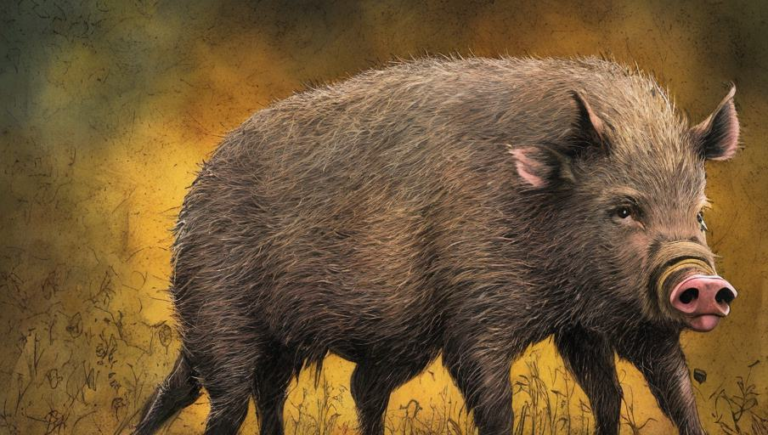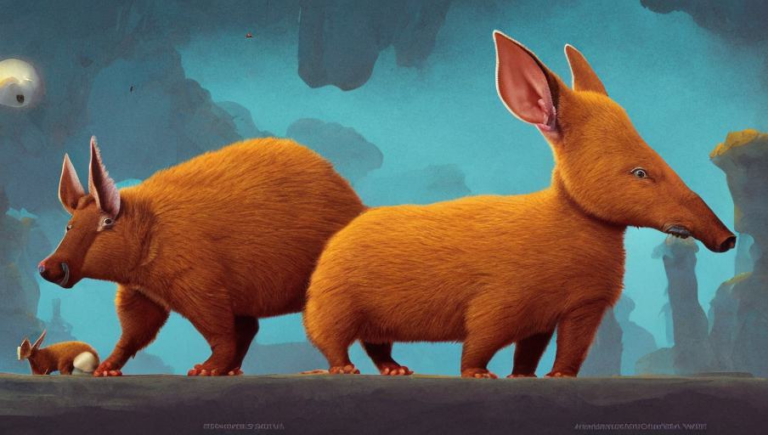Q is for Coyote: A Comprehensive Guide to Coyotes
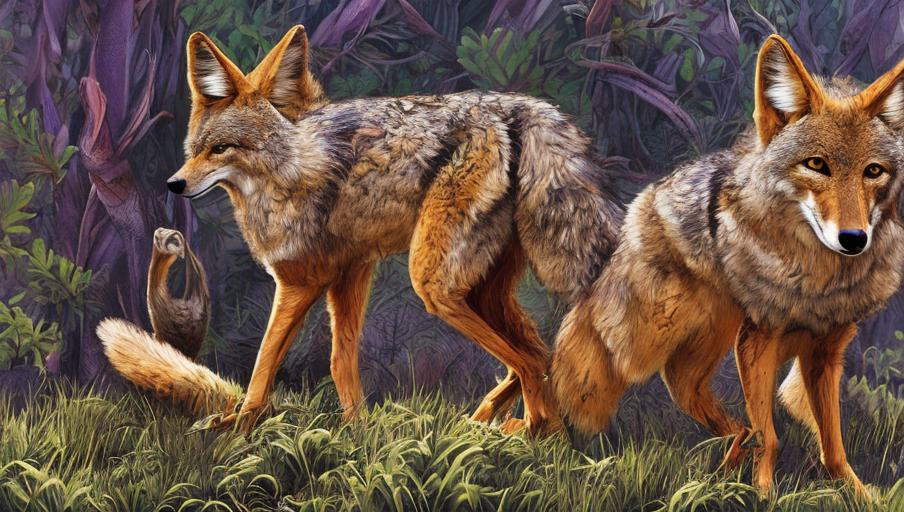
Introduction to Coyotes
Coyotes (Canis latrans) are members of the Canidae family, which includes wolves, foxes, and other canines. They are found throughout the United States and parts of Canada and Mexico, and have adapted to a variety of habitats, from forests and deserts to suburban areas and even city parks. They are usually grayish-brown in color, and their scientific name, Canis latrans, is Latin for “barking dog”. Coyotes are also known for their distinctive howl, which can be heard for many miles.
Behavior and Diet
Coyotes are intelligent and resourceful animals, and are known to hunt alone or in packs. They are omnivorous, and their diet includes small mammals, birds, reptiles, insects, and even fruits and berries. They are also adept scavengers and will often eat carrion or human food left behind in picnic areas.
Reproduction and Social Structure
Coyotes usually mate for life and establish territories that they defend against intruders. The female coyote typically gives birth to a litter of four to six pups in a den they have dug or taken over from another animal. The pups are usually born in late April or early May, and are weaned by mid-summer. The pups remain in their family group for up to a year before leaving to start their own family.
Threats to Coyotes
Coyotes face a variety of threats, including habitat loss, competition with larger predators, and hunting. In some areas, they are also killed by farmers and ranchers who view them as a threat to livestock. In addition, coyotes are sometimes seen as a nuisance and are killed by people who don’t understand their importance to our ecosystems.
Coyote Conservation and Management
Coyote conservation is important for preserving our ecosystems and maintaining the balance of nature. Coyotes play an important role in keeping small mammal populations in check, and they are also important in maintaining healthy deer populations. Because of this, conservationists and wildlife managers are working to protect coyote habitats and to educate the public about the importance of coyotes in our ecosystems.
Conclusion
Coyotes are fascinating animals that have adapted to a variety of habitats and are important to the balance of nature. Although they are often seen as a nuisance, they are important to our ecosystems and deserve to be protected. By understanding their behavior, diet, and social structure, we can help ensure their continued survival in the wild.

